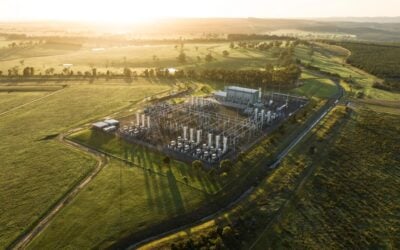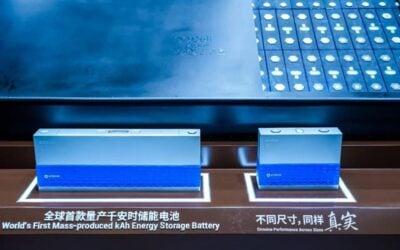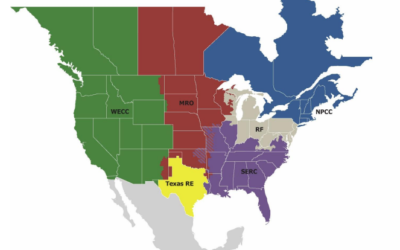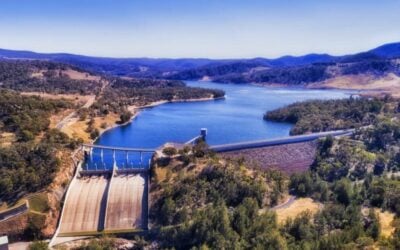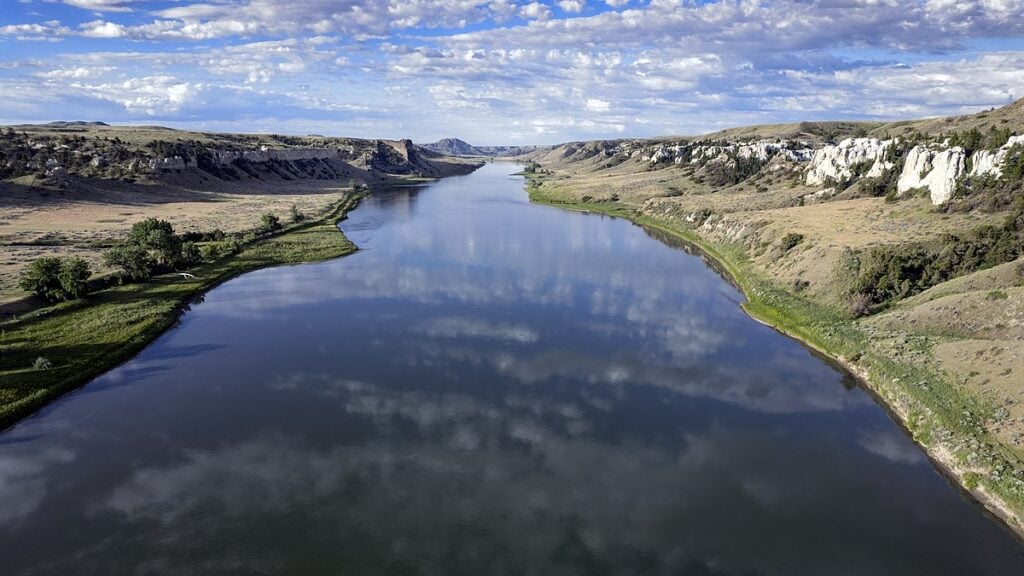
A large-scale pumped hydro energy storage (PHES) project in Washington State has passed a key stage of approvals, while another in South Dakota has been dropped by the companies developing it.
Washington’s Department of Ecology said on Monday (22 May) that a water quality certification has been issued for the Goldendale PHES project under Section 401 of the state’s Clean Water Act.
Enjoy 12 months of exclusive analysis
- Regular insight and analysis of the industry’s biggest developments
- In-depth interviews with the industry’s leading figures
- Annual digital subscription to the PV Tech Power journal
- Discounts on Solar Media’s portfolio of events, in-person and virtual
While that leaves the project still requiring many more approvals before going ahead, the certification, which follows a December 2022 environmental review by the department, clears the way to move onto the next stages of getting those.
Located along the Columbia River of Klickitat County, Goldendale would be a 1,200MW facility with up to around 12 hours of storage duration. The project is owned by noted sustainable infrastructure investment group Copenhagen Infrastructure Partners (CIP) and in development by pumped hydro specialist Rye Development.
The project partners, acting through an LLC set up for it called Free Flow Power Project, claim the site is well-suited for pumped hydro as Goldendale could reuse part of the footprint of an old industrial site, use an existing water right owned by the public utility district of Klickitat, and is close to transmission lines.
The 680 acre facility’s storage of renewable energy could benefit people in Washington, Oregon and California, the partners said, citing a 2019 study which found the US Pacific Northwest needs between 5GW and 10GW of energy storage to meet the renewable energy goals of its various states.
Fund manager CIP, founded in 2012, acquired the Goldendale project in 2020, along with a smaller 400MW development in Oregon, Swan Lake. The company invests in projects that deliver returns along ESG standards, including wind, solar, waste-to-energy, transmission and other energy storage projects.
CIP bought both PHES projects from Rye Development, as reported by Energy-Storage.news at the time.
‘Financial risk’ rules out South Dakota development
Two US utility companies said yesterday that the Gregory County Pumped Storage Project (GCPSP) they have been considering in South Dakota meanwhile, is metaphorically dead in the water.
MidAmerican Energy and Missouri River Energy Services (MRES) had been exploring the possibility of the development to help integrate Berkshire Hathaway-owned MidAmerican’s growing shares of wind energy on its networks.
MRES published a brief announcement on its website that the pair had, “based on the same due diligence we employ in every project we do,” declined to pursue the Gregory County project. It acknowledged that this was in spite of a recognised need for energy storage, and that PHES is a proven technology.
According to supporting information already put out about it, the project would have been a 1,800MW facility with up to 26-hour storage duration, with the area of the Missouri Lake and Francis Case reservoir offering an existing lower body of water to pump water back up from, and the hilly topography offered a site to site a new upper reservoir.
While the release didn’t allude to specific reasons for it being halted, local news outlet Dakota Searchlight heard from MRSE’s VP of member services and communications that the “financial risk of the project” was behind the decision.
MRSE’s Tim Blodgett told the paper that the company would continue exploring opportunities for pumped storage along the Missouri River. MRSE and MidAmerican had hoped to make a final investment decision by 2027, and pending FERC approval about a year later, construction would have begun in 2029, for the project to come online in 2035.
Both projects accompanied by controversy
Blodgett denied the project had been dropped because of local opposition to it. Some of that opposition, reported by the Dakota Searchlight, included concerns of local landowners who would likely need to sell land to accommodate it, as well as a representative of the Randall Community Water District.
The water district’s general manager Scott Pick said the PHES plant’s pumping could cause sediment from the river to be disturbed and enter local drinking water supplies, which would in turn require expensive filtration equipment to be installed.
For Goldendale in Washington State, impact on water quality is at least one concern that has been ruled out by authorities. However, it has arguably proven more controversial than the Missouri River development.
This is due to the impact it would have on tribal lands and cultural resources of the Confederated Tribes and Bands of the Yakama Nation (Yakama Nation). A coalition of 15 environmental non-profits including the Sierra Club said in 2021 that the project would be in contravention of Tribal Nation treaty rights, destroying irreplaceable religious, archaeological and other sites, while there were also concerns raised about impacts on local wildlife including golden eagles.
The Washington Department of Ecology appeared to make a sideways reference to the concerns raised in announcing its water certification.
“Under federal regulations, Ecology could only consider water quality issues as it determined whether to issue the water quality certification. Future Ecology permits and other agencies’ approvals may consider all the impacts identified in the environmental review,” the statement said.
The US Federal Energy Regulatory Commission (FERC) is also conducting its own review of the project and is accepting public comment until 6 June.
PHES technology is undoubtedly making a comeback around the world, with sizeable new projects in development, construction, or recently completed in other regions including the UK, Australia, India, Spain and Portugal. However, given the large amount of geoengineering and construction work involved and requirement for suitable land and topography, plus high upfront cost (despite low levelised cost of storage once built), siting and building new projects is often challenging.
Read some of Energy-Storage.news’ other coverage of pumped hydro energy storage (PHES).


